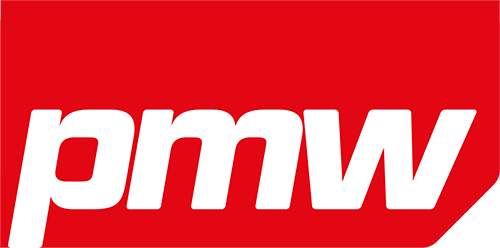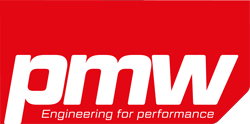HRL Laboratories’ 7A77 aluminum alloy and feedstock powder, developed specifically for additive manufacturing, has been officially authorized for Formula 1 race car parts.
“Our printable aluminum powder has been added to the list of acceptable materials for any component on a Formula 1 car,” commented Darby LaPlant, materials scientist, HRL. “This step is further validation of our 3D-printed high-strength alloy. We’re excited to be working with Formula 1 to bring 7A77 to an incredibly demanding application.”
HRL’s material was approved for use by the FIA, Formula 1’s governing body. HRL’s latest class of 3D-printable high-strength aluminum alloys is based on high-strength and low-cost wrought alloy systems like Al-7075. At present, the company is continuing to develop other alloys for 3D printing.
“Formula 1 racing is known for always pushing the limits of what is possible and additive manufacturing gives them a mechanism to do that by designing fully optimized structures,” added Toby Schaedler, department manager, HRL. “Now they can use our 7A77 alloy with a yield strength of 530MPa, the highest strength of any additive aluminum alloy.”
Aluminum products specialist Constellium has announced that its Aheadd CP1 aluminum additive manufacturing powder has also been approved for use in Formula 1, starting 2024. Constellium has partnered with Velo3D and PWR Advanced Cooling Technology to provide efficient, compact and lightweight heat exchangers to the open-wheeled race cars in addition to other components for various customers.
Constellium’s Aheadd CP1 is an aluminum-iron-zirconium powder developed without volatile elements, rare earths, silicon or ceramic particle additions. The additive manufacturing material benefits from high strength and ductility, thermal and electrical conductivity, highly productivity processing and easier post-processing.
“We are proud to have our high-performance additive manufacturing aluminum powder approved for use on Formula 1 race cars,” said Alireza Arbab, head of the additive manufacturing team, Constellium C-TEC. “Our customers can now develop a wide range of high-performance components, ranging from highly complex heat exchangers to structural parts. The benefits include previously impossible designs, cost-efficient parts, reduced machine utilization time and better ROI.”
“Aheadd CP1 is a fantastic addition to our additive manufacturing services and Velo3D’s unparalleled print capabilities, and coupled with PWR’s brazed fin technology, it creates a unique performance differentiator for our customers,” explained Mark Booker, PWR technical project manager. “Our goal is to give our racing customers a superior advantage on the track and we look forward to seeing these teams win using new parts manufactured by PWR.”



